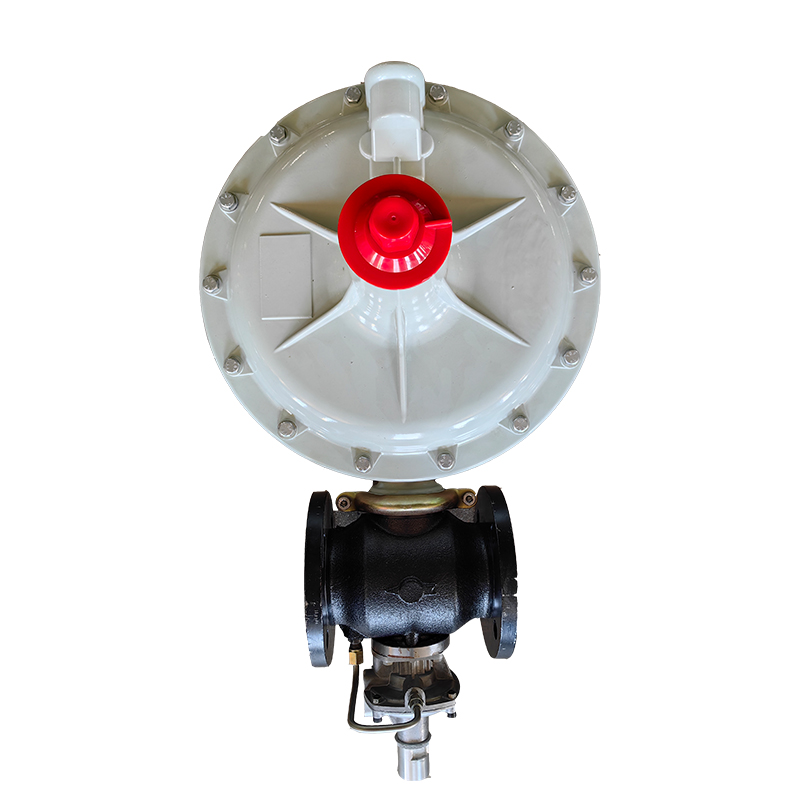
Dec . 05, 2024 14:29
Back to list
pressure pipe
Understanding Pressure Pipes Key Concepts and Applications
Pressure pipes are an essential component in various industries, especially in the transportation of fluids and gases. Designed to withstand high internal pressures, these pipes are vital for ensuring the safe and efficient delivery of materials in systems such as water supply, sewage, gas distribution, and industrial applications. This article explores the core characteristics, materials, and applications of pressure pipes, highlighting their significance in modern infrastructure.
Key Characteristics of Pressure Pipes
The primary function of pressure pipes is to transport fluids under pressure, which makes their design critical. Several key characteristics define the performance of pressure pipes
1. Pressure Rating This indicates the maximum internal pressure that a pipe can safely handle, usually expressed in pounds per square inch (psi) or bar. The pressure rating is determined by factors such as the pipe's material, wall thickness, and diameter. It's crucial for engineers to select pipes that meet or exceed the required pressure ratings to ensure system reliability.
2. Material Composition Pressure pipes can be made from a variety of materials, including metal (such as steel and copper), thermoplastics (like PVC and HDPE), and fiberglass. Each material has its own set of advantages and disadvantages. For instance, metal pipes are robust and can handle high pressures, while plastic pipes are lightweight and resistant to corrosion.
3. Joint Design The way pipes are joined can significantly impact their performance under pressure. Various methods, including welding, flanging, and socket fittings, are used to connect pressure pipes. Proper joint design is essential to minimize leaks and ensure a seamless flow of the transported medium.
4. Thickness and Durability The wall thickness of a pressure pipe is a critical factor in its ability to withstand internal pressure. Thicker walls typically provide greater strength but can increase the weight and cost of the system. Engineers must balance these factors based on the application and environmental conditions.
Applications of Pressure Pipes
pressure pipe

Pressure pipes are utilized in a wide range of applications across various sectors
1. Water Supply and Distribution One of the most common uses of pressure pipes is in municipal water supply systems. They transport potable water from treatment plants to homes and businesses, ensuring reliable access to clean water.
2. Sewerage and Drainage Systems Pressure pipes are also employed in sewer systems, particularly in areas where gravity flow is insufficient. These pipes facilitate the movement of wastewater to treatment facilities, ensuring sanitary conditions and public health.
3. Gas Distribution The natural gas industry relies heavily on pressure pipes for the safe transport of gas from extraction sites to consumers. These pipes must be designed to handle not only the pressure but also the corrosive properties of natural gas.
4. Industrial Applications In manufacturing and processing industries, pressure pipes are used to transport hazardous materials, chemicals, and high-temperature liquids. The choice of material and design must consider the specific properties of the transported media to ensure safety and compliance with regulations.
5. Irrigation Systems In agriculture, pressure pipes are essential for efficient irrigation, allowing water to be distributed evenly across large fields. These systems improve crop yields and optimize water usage in farming practices.
Conclusion
Pressure pipes are integral to the functioning of modern infrastructure, playing a crucial role in various industries. Understanding their characteristics, materials, and applications is essential for engineers and manufacturers involved in designing and installing these systems. As technology advances, the development of more resilient and sustainable pressure pipes continues, paving the way for innovative solutions in fluid and gas transport. By ensuring safe and effective delivery, pressure pipes contribute to the overall efficiency and reliability of essential services that impact everyday life.
Next:
Latest news
-
Safety Valve Spring-Loaded Design Overpressure ProtectionNewsJul.25,2025
-
Precision Voltage Regulator AC5 Accuracy Grade PerformanceNewsJul.25,2025
-
Natural Gas Pressure Regulating Skid Industrial Pipeline ApplicationsNewsJul.25,2025
-
Natural Gas Filter Stainless Steel Mesh Element DesignNewsJul.25,2025
-
Gas Pressure Regulator Valve Direct-Acting Spring-Loaded DesignNewsJul.25,2025
-
Decompression Equipment Multi-Stage Heat Exchange System DesignNewsJul.25,2025

